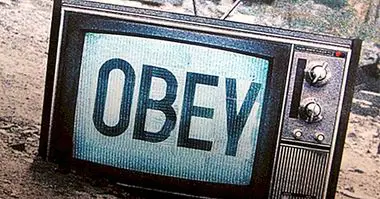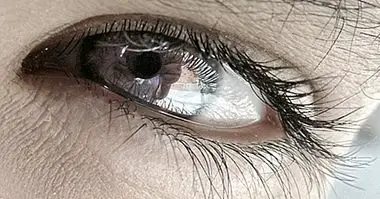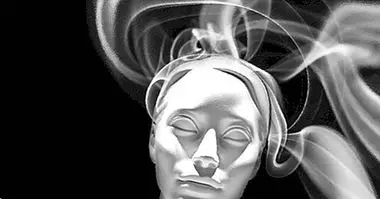What is the Halo Effect?
Cognitive biases are part of the most studied psychological phenomena since the cognitive sciences and most taken into account in the Psychology of Marketing.
They are evidence that human beings are tremendously prone to not interpreting reality based on rational analysis, calm and based on reasoning valid from the point of view of logic. Among these cognitive biases, one of the best known is the halo effect, which explains some of the irrational aspects that make us judge more positively or more negatively a person, a product or a place.
What is the Halo Effect?
The halo effect is a cognitive bias by which we tend to make our opinion and overall assessment of a person, organization, product or brand influence the way we judge and value properties and specific characteristics of that person, organization, product or brand.
In the same way, the halo effect is based on the idea that we show a propensity to use our assessment about a very specific characteristic of something or someone to "manufacture" from it a global assessment of that person, organization or abstract element : we extend our opinion of that property to all the element that we are judging and we make this impression interfere with the way in which we interpret many other properties of the element .
In short, the halo effect is a tendency to make our impressions and opinions on certain characteristics of a subject or object depend on the impression that other characteristics have caused us before.
The history of this cognitive bias
The American psychologist Edward Thorndike He was the first to put his name to the halo effect and to provide empirical evidence to prove his existence. He did it in the year 1920, when through an article called A Constant Error in Psychological Ratings, in which it showed the results of an experiment carried out with the military. This investigation was relatively simple; a series of officers was asked to assess certain qualities of several of their subordinates.
From these data, Thorndike saw that the way in which a specific characteristic was valued was very correlated with the assessment made of the other characteristics . People who obtained negative scores in one of their characteristics tended to have negative scores in the other aspects, and those that were positively assessed in a particular aspect tended to be valued positively in all the others.

The Halo Effect and the Celebrities
The halo effect is noticed in our day to day, for example, in the way we perceive the famous people linked to the major labels , the most recognized sports or the cinema of Hollywood.
These are people whose public image has been meticulously carved by marketing and advertising agencies and of which we hardly know much (after all, we do not usually deal with them directly). However, this does not prevent, for example, that many opinion leaders be considered, great thinkers whose famous phrases are enthusiastically applauded and, in general, people whose opinions on matters far removed from their profession are valued a lot.
This fact, by the way, is used many times in marketing and advertising.
Marketing takes advantage of this psychological effect
The halo effect is also noticeable in those advertising campaigns where a famous person is used to advertise a product or service. Its inclusion in these advertising pieces does not tell us much about the characteristics and functionalities of the coffee machine that we are trying to sell, or about the advantages of the insurance company that is advertised, and yet its presence affects us subtly. Ultimately, if an organization is willing to spend money hiring or a recognized character is because doing so can have objective results in sales.
Specifically, what is intended is that the values and sensations associated with the famous or famous in question be extended to the image of the product, creating in this way a "halo" of positive evaluations that has its origin in what we think of the celebrity. The branding has in the halo effect a means to make the image of a brand is revitalized simply by using a famous face.
The power of the first impression
But the halo effect is beyond the big companies: it influences the way in which we can come to judge any person we know . This has a lot to do with the first impression that is given, something that is known to have a great impact on the image of others that we create in our imagination.
If during the first seconds of conversation with a person this one is excessively nervous and insecure, even for factors less related to their way of being than with what happens to them at that particular moment (for example, because they are about to submit to an important examination), this characteristic will attract our attention and from that moment on the first impression will become an important factor in the way in which we value this individual.
In summary
The halo effect is a sign that the human brain is willing to fill gaps in information with the few data available to make the uncertainty disappear. If we can judge someone we do not know by the first impression he has produced, by his profession or by his aesthetic, we do not need to consider the nuances of his personality and the chiaroscuros of his repertoire of skills: we can take what we know about this person, stretch it like chewing gum and transform this originally modest assessment into the global opinion we have about it.
That is why, every time we stop to judge others, it is worth stopping to think that the facets of someone's personality and way of being are always more extensive than our predisposition to collect and analyze all the relevant information that is coming to us continuously.



















